Keeping your dishwasher clean is essential for maintaining a hygienic kitchen environment. A dirty dishwasher not only leaves stains on your dishes but also creates an unpleasant odor. Cleaning your dish washer may seem like a daunting task, but it’s relatively simple and straightforward with the right tools and techniques.
Begin by removing any leftover food particles from the dish washer filter, which is usually located at the bottom of the machine. To remove any stubborn grime or dirt buildup, use a toothbrush or soft-bristle brush to scrub away debris gently. Avoid using harsh chemicals as they can damage your dishwashing interior over time.
What Is A Clean Dishwasher?
A clean dishwashing is an essential appliance in any kitchen. It not only saves time and effort but also ensures that your dishes are wash thoroughly. However, many people neglect to clean their dishwashing on a regular basis, which can lead to clogged filters and malfunctioning parts. This is where the Maytag dishwasher filter comes into play.
How To Deep-Clean Your Dishwasher With Vinegar?
They are one of the most used household appliances, but they often get overlooked when it comes to cleaning. Neglecting your dishwashing can lead to unpleasant odors and even mold growth. Fortunately, you don’t need expensive cleaners to deep-rinse your dishwashing; all you need is vinegar! In this article, we’ll show you how to rinse your dishwashing with vinegar in just a few easy steps.
Inspect The Drainage

Cleaning out your dishwashing drain is simple and easy. First, remove any visible debris or food particles from the bottom of the wash the dishes by hand or with a paper towel. Next, detach the lower rack and unscrew the filter cover located at the base of your dishwashing using a screwdriver. Remove any debris caught in the filter before rinsing it under running water.
Optional Step – Bleach Wash
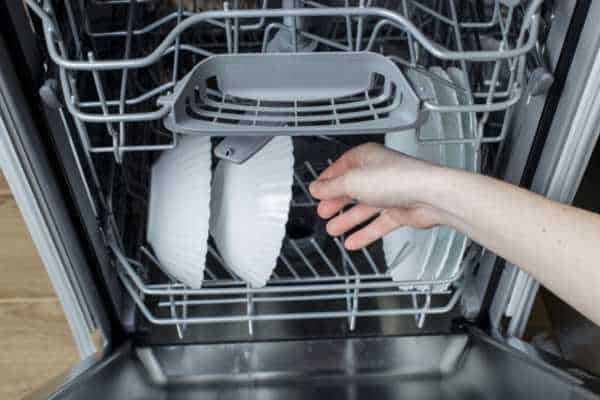
Cleaning your dishwasher is a task that should be done regularly, just like any other household chore. It’s important to keep your dishwashing rinse and free from buildup so it can continue to work efficiently. One optional step in cleaning your dishwashing is a bleach wash. While not necessary for every cleaning, doing a bleach wash can help remove any stubborn stains or odours.
Baking Soda Wash

Baking soda is a versatile cleaning agent that has been used for decades due to its effectiveness and affordability. One of the uses of baking soda is to rinse your dishwashing, which can accumulate grime and debris after several uses. A baking soda wash is an easy solution to keep your dishwashing running smoothly.
Vinegar Washing
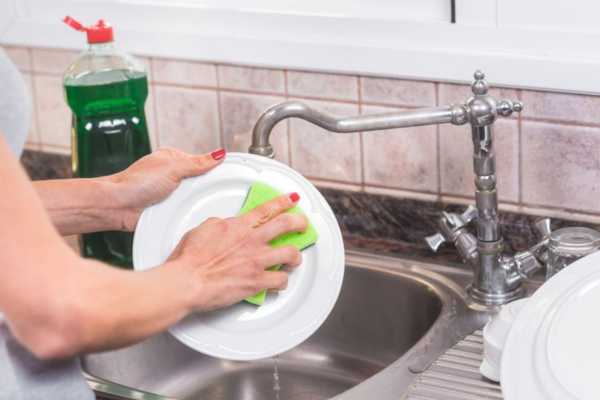
Vinegar washing is a clean you dishwasher popular method for cleaning your dishwashing. This simple and natural technique can be used to remove tough stains, grime, and build-up that can accumulate over time in your dishwashing. By using vinegar to rinse your dishwashing, you can ensure that it operates at peak performance and keeps your dishes sparkling rinse.
Keep Your Dishwashing Clean
Keeping your dishwasher rinse is essential not only for hygiene reasons but also to ensure it runs efficiently. Despite being a cleaning machine, dishwashing can harbour bacteria and food particles, leading to odours and even mould growth. Regular rinse will help prevent these problems, and it’s easy to do.
Start by removing any food debris from the bottom of the dishwashing before running a cycle with an empty machine. You can add white vinegar or baking soda to the cycle for extra cleaning power. Another option is using a dishwashing cleaner, which you can find at most grocery stores. It’s advisable to rinse your dishwashing every one or two months depending on how often you use it.
Don’t forget about the exterior of your dishwashing too! Wipe down the front and sides with a damp cloth regularly and avoid using abrasive rinse that could damage the finish.
Polish Your Dishwasher’s Exterior As Needed
Keeping your dishwasher rinse is an essential task to ensure it continues working efficiently. While rinse the interior of your dishwashing is a no-brainer, many people tend to forget about its exterior. Over time, dirt and grime can accumulate on the surface of your dishwashing, making it look old and worn out. To prevent this from happening, you need to polish your dishwashing exterior as needed.
To begin with, start by wiping down the exterior of your dishwashing with a soft cloth dipped in warm soapy water. This will help remove any visible dirt or food stains that may have accumulated on the surface. Next, use a microfiber cloth or paper towel to dry off the surface completely.
Once you’ve rinse off all visible debris and stains from the surface of your wash the dishes apply some stainless steel rinse using another rinse cloth or sponge.
Clean The Outer Dishwasher Door
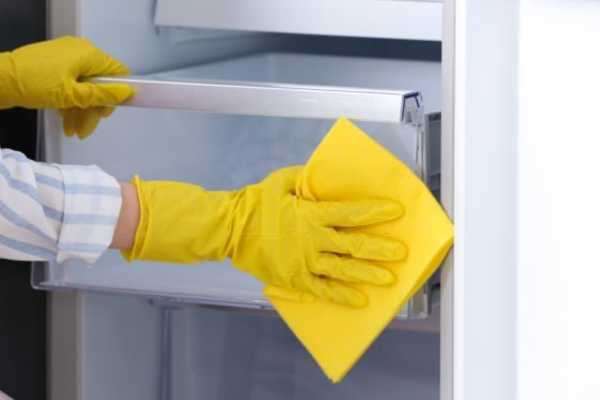
Keeping your dishwashing rinse is essential for maintaining its efficiency and prolonging its lifespan. While you may regularly rinse the interior of your dish washer, it’s easy to overlook the outer door. Over time, grime, fingerprints, and food debris can accumulate on the outer door, creating an unsightly appearance. By following these simple steps to clean your wash the dishes outer door, you’ll not only improve its visual appeal but also enhance its performance.
Start by unplugging or turning off power to your wash the dishes before cleaning the exterior. Use a soft cloth or sponge soaked in warm soapy water to wipe down the entire surface of the door. Pay close attention to any crevices or corners where dirt may have accumulated. If there are stubborn stains or marks on the surface, use a non-abrasive cleaner and a scrub brush to gently remove them.
Deep-Clean

Keeping your dish washer wash is essential to maintain its functionality and performance. Over time, food particles, grease, and soap residue can accumulate in the wash the dishes interior and clog its spray arm holes. This buildup can cause your dishes to come out dirty or even damage your machine. To avoid these issues, it is recommended that you deep-clean your dishwashing monthly.
One way to deep-clean your dish washer is by using vinegar. Simply pour a cup of white vinegar into a bowl and place it on the top rack of an empty dishwashing. Run a hot water cycle with no detergent or dishes in the washer. The hot water with vinegar mixture will help break down any built-up grime and eliminate unpleasant odors from within the machine.
Clear Out All Debris
If you want your dish washer to work properly, it is essential to clean out all debris that accumulates in the machine. This is especially true if you have hard water, which can leave mineral deposits and buildup in the wash the dishes interior. By taking the time to clear out all debris, you can avoid costly repairs and ensure that your dishes come out sparkling clean every time.
Gather Your Supplies
If you’ve noticed that your dishwashing isn’t wash dishes as well as it used to, it may be time to give it a thorough cleaning. Over time, dish washer can become clogged with food particles and soap scum, leading to subpar performance. Luckily, giving your dish washer a good wash is easy and only requires a few basic supplies.
Remove Bits Of Food Daily

Washing the dishes may seem like a daunting task, but it’s actually easier than you think. The first step in keeping your dishwasher wash and running efficiently is to remove bits of food daily. This not only prevents clogs from forming in the machine, but also helps to eliminate any unpleasant odors that may develop over time.
To begin, simply scrape off any excess food particles from your dishes before placing them in the dishwashing. This will help prevent larger chunks of food from getting stuck in the machine and causing blockages. Next, run a quick rinse cycle before starting a full load to ensure that there are no leftover crumbs or debris inside the machine.
If you notice any particularly stubborn bits of food stuck to your dishes or utensils after they have gone through a wash cycle, try soaking them in warm soapy water for a few minutes before running them through the wash the dishes again.
Wipe Away Door Grime Weekly
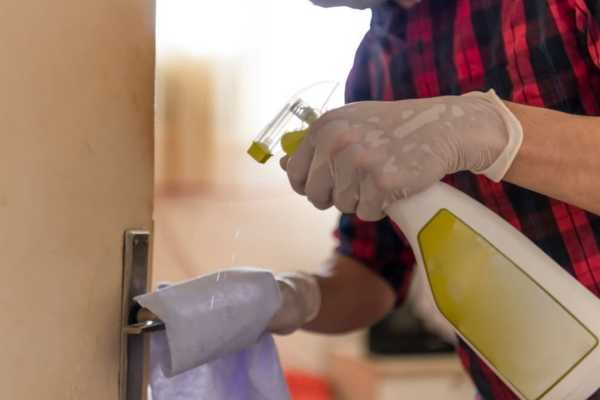
Keeping your dishwashing clean is crucial to ensure it runs efficiently and provides squeaky-wash dishes with every cycle. One of the most overlooked areas when it comes to cleaning dish washer is the door. Over time, dirt and grime can accumulate around the door seal, which not only looks unsightly but also affects its ability to create a tight seal, leading to leaks and inefficient wash. Therefore, it’s essential to wipe away door grime weekly.
Clean The Dishwasher Filter Weekly
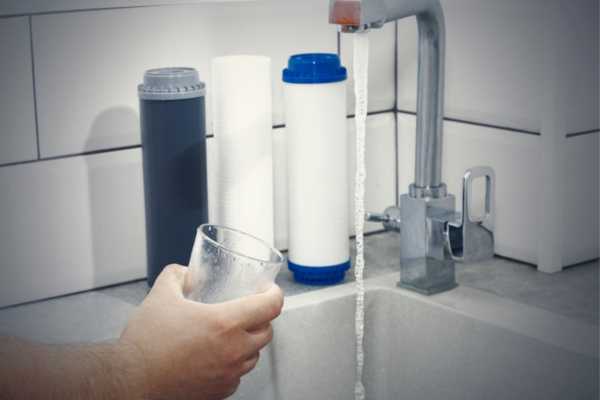
Your dishwasher regularly is important for maintaining a clean and hygienic kitchen. One of the most important parts of your dish washer to wash is the filter. The filter collects food particles and debris from your dishes, preventing them from clogging up the spray arm or drain.
To wash your dish washer filter, start by turning off the power to your dish washer and removing the bottom rack. Locate the filter cover, typically located in the bottom center of the dishwasher. Remove any screws holding it in place and lift out the filter. Rinse it under hot water to remove any debris before scrubbing it with a soft brush or toothbrush.
Once you’ve cleaned out all of the food debris, replace the filter and secure it back in place with any screws that were removed earlier. Finally, run an empty cycle on your dish washer with vinegar or baking soda to eliminate any lingering odors or bacteria.
Conclusion
If you want your dishwasher to function efficiently for years to come, it is essential that you rinse it regularly. A dirty dish washer not only produces unpleasant odors and stains on your dishes but can also result in clogs and malfunctions. Fortunately, rinse your dishwashing is a straightforward process that requires little effort.

